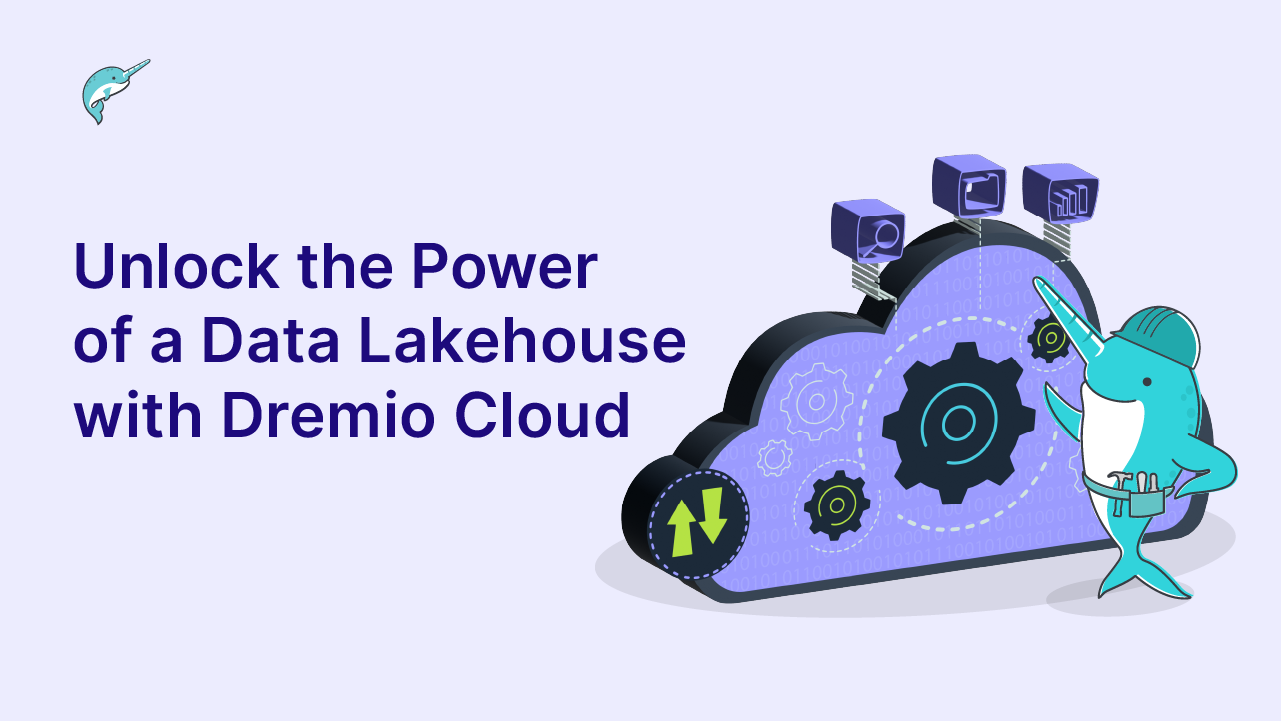
Flexible Data Lake Architectures for Seamless Real-time Data and Machine Learning Integrations
This talk was born from some of our greatest victories won and worst losses suffered while designing and implementing data lakes, with a focus on real-time processing and machine learning pipeline integration. We will go through the various design problems spawned from the specific integrations and solutions we have used—from caching to avert the Slowly Changing Dimension problem through operational and analytical cluster separation to the fully-fledged MLOps process. We will showcase, using real examples, how those use cases are reflected in the data lake architecture, both when building from scratch and evolving an existing solution.For the data architect, this session will provide a greater understanding of available design patterns. To a data scientist, it will provide a better understanding of the soon-to-be working environment.
Topics Covered
Speakers

Kamil Owczarek
Kamil Owczarek is the Head of Big Data at GFT Poland and a data engineer at heart. Kamil specializes in projects connected to stream processing and machine learning. His personal motto: “Data is always more important than you recognize it to be”.

Piotr Kosmowski
Piotr Kosmowski is a solution architect at GFT. He is experienced with the design and delivery of multi-tier solutions for the financial sector including microservices, public APIs and data lake in both on-premises and cloud environments. Working closely with the client, business and development team, Piotr helps improve organization delivery processes with an agile mindset.
